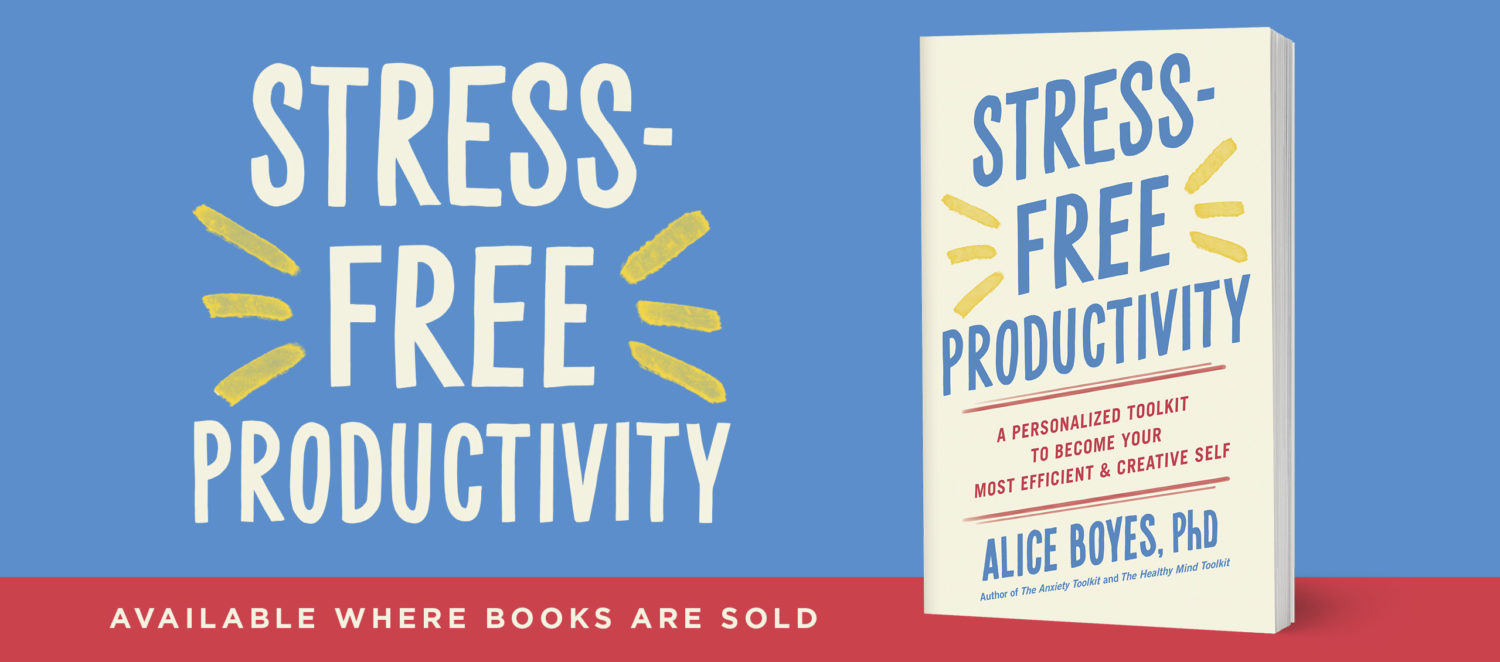The Why? Behind Avoidant Coping (less than 400 words)
Sarah
Sarah is a people-pleaser. When people ask her to do things or invite her places, never in a million years would it occur to her that she could say “no” even if she wanted to.
Angela
Angela never does anything for anyone. She sees herself as selfish and unlikable, and so she thinks
“why bother? Nothing I could do would ever be good enough for people to truly like and accept me because I am so fundamentally unlikable.”
Could Sarah and Angela both be doing the same kind of avoidant coping?
On the surface, Sarah and Angela seem vastly different, but they might have something in common.
Without necessarily being aware of it, Sarah and Angela may both be trying to avoid thoughts and anxiety about letting other people down. (Note that other explanations are possible too).
Sarah is self sacrificing, whereas Angela is “surrendering” by being black and white in her behaviour (i.e., never helping anyone). Being black and white in her behaviour reduces the amount Angela’s anxious thoughts get actively triggered in everyday situations. However, over the long term Angela’s behaviour ends up creating a self fulfilling prophecy. It perpetuates her belief that other people are unlikely to accept her and that she doesn’t have the capacity to please other people.
Because of her self sacrificing, Sarah never gets the opportunity to learn that it’s ok to let other people down sometimes. Both Angela’s and Sarah’s behaviour causes them to continue feeling anxious about the possibility of letting people down/other people being angry at them.
It’s the Function of the Behaviour and not the Form of the Behaviour that is Important in Whether Something Is Avoidant Coping.
Both of the above behaviours are avoidant coping.
The “form” of the behaviour is different, but the function may be similar.
Notice that avoidant coping can involve doing MORE of something (e.g., Sarah’s people pleasing). Avoidant coping is about escaping from difficult thoughts and emotions, OR avoiding behaviours or situations that result in difficult thoughts and emotions being triggered.
When You Do Avoidant Coping, What Thoughts and Emotions Are You Trying to Avoid Having Triggered?
Nutting out the “function” of your avoidant coping is the first step to change.
Function = what thoughts and feelings your avoidant coping is helping you (temporarily) avoid.



